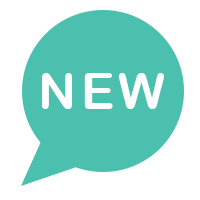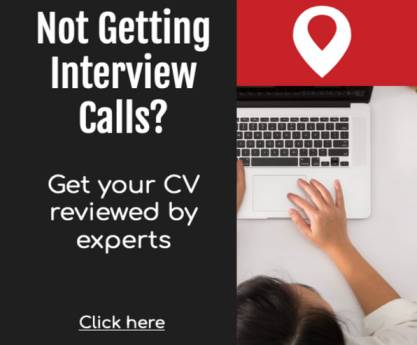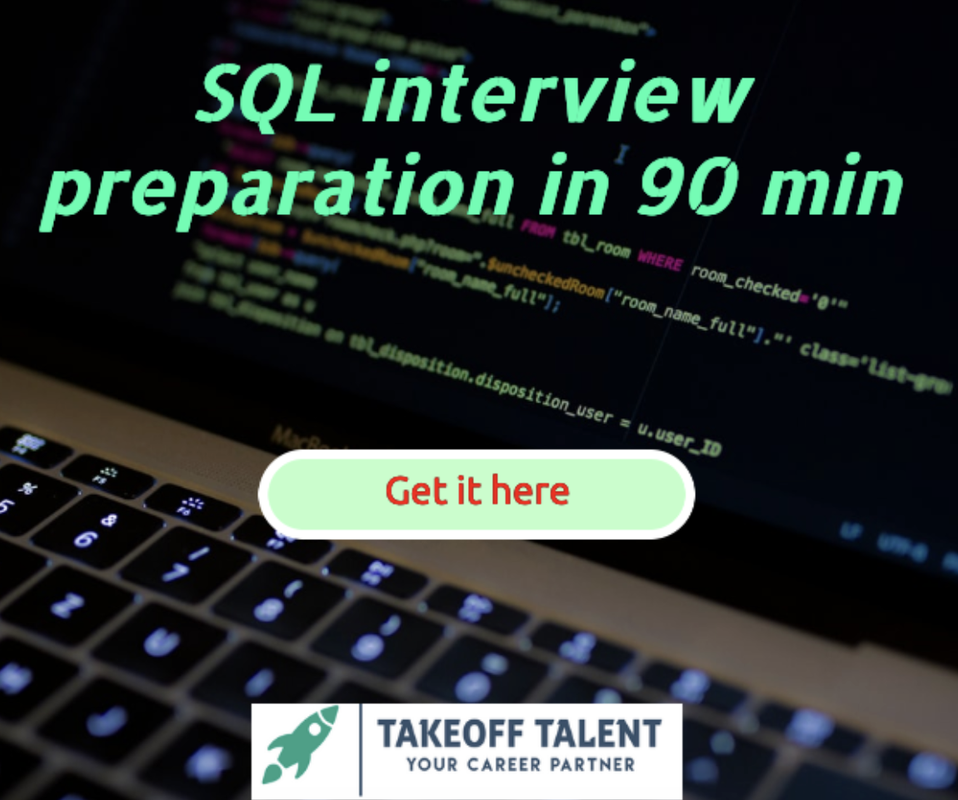If you’ve applied to 50 or even 100+ jobs and are still waiting for a response, you’re not alone.
In today’s competitive job market, especially in fields like data science, analytics, and tech, your resume needs to do more than just look good. It needs to pass ATS filters, catch a recruiter’s attention in under 10 seconds, and showcase real value.
This isn’t about having fancy templates or stuffing every keyword you can find. This is about making your resume clear, focused, and impact-driven.
Here’s a detailed, no-fluff resume checklist that will help you stand out and finally start getting interview calls.
🧱 1. Use a Simple, ATS-Friendly Format
Why it matters:
Most companies use Applicant Tracking Systems (ATS) to scan resumes before a human ever sees them. If your resume has graphics, multiple columns, or fancy designs, it could get rejected by the software.
What to do:
-
Stick to a clean, single-column layout
-
Use standard fonts like Arial, Calibri, or Times New Roman
-
Avoid using tables, text boxes, headers/footers, and images
-
Save your file as a PDF, unless instructed otherwise
-
Keep your file name clear and professional (e.g.,
CV_FirstName_LastName.pdf)

🧠 2. Create a Strong Top Section That Hooks Fast
Why it matters:
Recruiters spend 6–10 seconds scanning a resume before deciding to read more. That means your top section needs to hit hard.
What to include:
-
Short Summary (2–3 lines): Focus on what you bring to the table. Avoid vague "objective" statements.
-
Links: Include clickable links to your LinkedIn, GitHub, Portfolio, or personal website.
💼 3. Highlight Projects That Show Real Value
Projects are your best bet — especially if you're a fresher or switching fields.
What to do:
Include 2–4 strong, recent projects. For each project:
-
Mention the problem solved
-
Highlight tools used (Python, SQL, Excel, etc.)
-
Focus on the impact/results, not just the process

Example:
Sales Data Analysis (Power BI)
Cleaned and analyzed 2 years of sales data using Excel and Power BI.
Built an interactive dashboard for weekly trends, top products, and sales by region.
Helped sales team improve performance tracking and identify low-performing SKUs.
Bonus tip: Add a link to your GitHub or portfolio for the project.
📊 4. Describe Experience with Action and Impact
Work experience isn't just about listing responsibilities — it's about showing results.
Instead of this:
Worked on Excel reports and handled client data.
Do this:
Automated Excel reports for client data processing, reducing manual effort by 8 hours/week.
Used advanced Excel formulas and VBA to streamline recurring tasks.
Structure to follow:
[Action] + [Tool/Skill] + [Result]
Use bullet points (max 4–5 per role), and prioritize achievements that align with the job you're applying for.

📂 5. Skills Section: Targeted, Not Bloated
The skills section is NOT about listing every tool you've ever heard of.
What to do:
-
Focus only on skills you are comfortable using in a real-world scenario.
-
Group them for clarity:
-
Languages: Python, SQL, R
-
Visualization: Tableau, Power BI
-
Tools: Excel, Jupyter, VS Code
-
Cloud & Databases: MySQL, BigQuery, GCP, AWS
-
Tip: Don't write “Beginner/Intermediate/Expert” unless explicitly required. Instead, let your projects and experience speak for your skill level.
🔍 6. Customize for Every Job (Yes, Really)
This might be the most overlooked step — and the one that makes the biggest difference.
Why it matters:
Recruiters and ATS look for specific keywords from the job description. If your resume is too generic, you’ll be filtered out.
What to do:
-
Read the JD carefully. Highlight the tools, skills, and responsibilities they mention.
-
Reflect those keywords in your:
-
Summary
-
Projects
-
Experience bullet points
-

This doesn't mean keyword stuffing — it means strategic alignment.
🛑 7. Remove These Red Flags
These are things that can instantly lower your chances:
-
Typos or grammar mistakes (use Grammarly or ask someone to review)
-
Long paragraphs (use bullets)
-
Generic statements (e.g., “hardworking team player”)
-
Irrelevant experiences from 5+ years ago (unless they directly support the job)
📏 8. Keep Length Optimal
-
Fresher / <3 years experience: 1 page is ideal
-
3–7 years: 1–2 pages
-
More than 7 years: 2 pages max
Remember, a resume is not your autobiography — it’s a highlight reel.
📈 9. Make the Most of Your LinkedIn
Your LinkedIn profile and resume should complement each other.
Quick wins for your LinkedIn:
-
Match job titles and dates with your resume
-
Add a clear headline (not just “Seeking Opportunities”)
-
Share your projects and achievements as posts
-
Get a few endorsements and recommendations
A recruiter often checks your LinkedIn right after viewing your resume.
🛠 10. Resume Tools & Templates (Optional but Helpful)
Here are a few tools you can try (I don’t earn from these):
-
Resume formatting: FlowCV, NovoResume, Canva (with ATS-safe templates)
-
ATS testing: Jobscan, Resume Worded
-
Proofreading: Grammarly, Hemingway App
-
Free review: Use Reddit (r/resumes), Discord communities, or LinkedIn connections
🧠 Bonus: How to Stand Out Without Experience
No internships? No big-name companies? No problem.
Do this:
-
Build mini-projects on real-world topics (e.g., sales analysis, movie trends, e-commerce, personal finance)
-
Document them on GitHub or Medium
-
Add them to your resume with impact statements
It shows initiative, skill, and storytelling — 3 things every employer values.
📋 Final Resume Checklist Before You Hit “Apply”
✅ Is it 1–2 pages max?
✅ Clear headings and layout?
✅ Projects show tools AND impact?
✅ Experience is tailored to the role?
✅ No typos or grammar issues?
✅ ATS-friendly formatting?
✅ Saved as PDF with proper file name?
✅ LinkedIn profile matches the resume?
If you answered “yes” to most of these — you’re ready to start applying with confidence.
🙋 Need Help?
If you're still stuck or want feedback on your resume, I offer:
-
Resume review calls (30 mins) via Google Meet
-
Offline resume feedback with annotated comments
You can choose what works for you — just reach out via LinkedIn or email me via [Your Website Contact Page].

🧭 Final Words
Remember, your resume doesn’t need to be perfect.
It just needs to clearly show what value you bring.
The goal is not to impress recruiters with jargon.
It’s to make them say — “Let’s talk to this person.”
That’s it.

🔁 Share This Article
Found this useful?
Share it with a friend who’s currently job hunting.
You could be helping them land their next opportunity.


